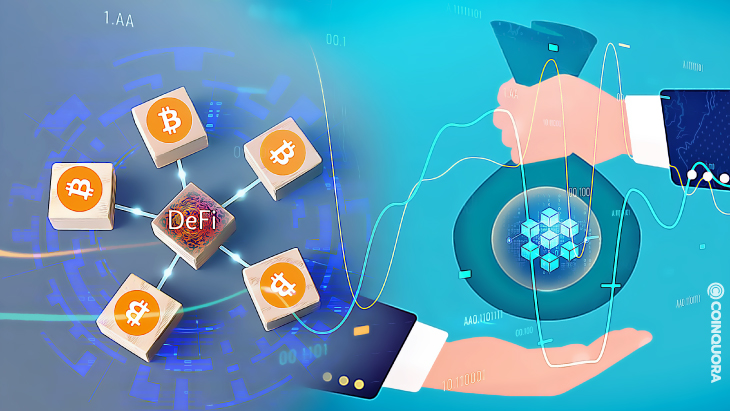As the crypto market has continued to mature and grow, the term “token burning” has become increasingly more common across tech circles globally. In brief, the concept involves the elimination of a certain number of tokens from a project’s existing circulation pool.
This can be done in a host of different ways. For example, either the coins can be moved to what is referred to as a ‘burn address’, i.e. a wallet from which they cannot ever be retrieved, or eliminated via a process known as a ‘buy-back’, which as the name suggests, is when an issuer purchases a set number tokens from the market only to set them aside in a locked address, leaving them completely unusable.
To elaborate, organizations carry out burns via different methodologies. For example, while cryptocurrency exchanges like Binance and OKEx tend to eliminate tokens in a periodical manner other firms use them as part of one-off events, fundraisers, pre-sale events, or sometimes even to correct minting problems — such as the time when Tether accidentally issued $5 billion worth of its USDT stablecoin.
So why is ‘token burning’ useful?
Simply put, token burning is designed to act as a “deflationary mechanism” impacting the value of a cryptocurrency in a very tangible way. To put things into perspective, if we look at Bitcoin and its halving that takes place once every four years, we can see that the digital currency’s incentive ratio is reduced by a whopping 50%, thus resulting in Bitcoin’s price surging over time. In this regard, halving too acts as a way through which a currency’s supply can be contained, thereby allowing its value to increase over time.
Such a model goes directly against the traditional banking framework where a central issuing agency has the authority to basically create fiat assets at will, thus reducing an asset’s buying potential with each passing year. To this point, since the turn of the millenium, the US Dollar has lost approx. 50% of its value.
Infact, there are a host of platforms currently utilizing the idea of burning to great effect. Saafu, for example, is a decentralized finance (DeFi) ecosystem affording its users auto-staking and auto-compounding capabilities that regularly burns $SAAFU — the platform’s native token — in order to limit its total currency supply pool. This is exactly the reason why the platform is capable of delivering mammoth annual percentage yields (APYs) which are paid out on a day-to-day basis.
Another aspect of the protocol that is worth mentioning is its ‘Fire Pit’ module, which as the name suggests, is meant to curtail $SAAFU’s circulating pool from growing to the point where it becomes unmanageable. Not only that, it also serves as a means of ‘offsetting its positive rebase interest printing’.
In this regard, the Fire Pit periodically removes 2.5% of all traded $SAAFU from the Saafu ecosystem and burns these tokens. As a result, as more tokens are traded and thus eliminated from the fray, the protocol is able to not only become more stable but also maximize its reward output.
Looking ahead
When employed in an ideal manner, token burning can be an extremely beneficial process, primarily because it helps weed out a host of pain points related to inflation. Therefore, as we continue to move towards a decentralized future in the near-to-mid term, it stands to reason that more and more people will continue to transition to the use of deflationary assets whose values increase over time and not the other way around.


